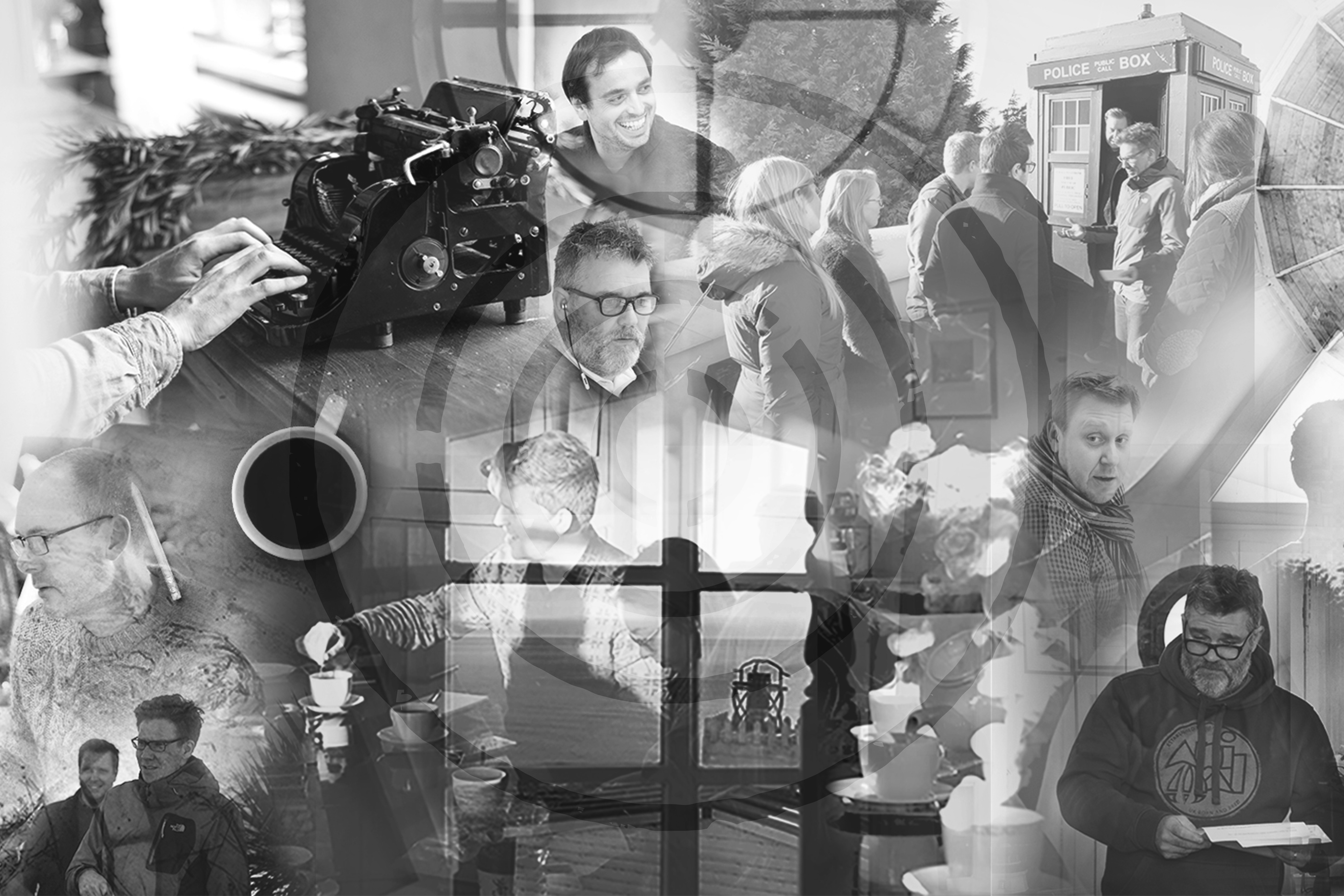Creating a new story for your business can be scary stuff. We should know as we’ve just done it ourselves. Learn from our experiences how a clear purpose and vision can lead to meaningful change.
Ever had the feeling that your business has lost its way? You know you need to change something, but don’t know where to start? The nagging sense that there has to be a better, more fulfilling way?
We do. Because it happened to us about eighteen months ago.
Looking back, the experience has transformed our business. We’ve never been more purposeful, and we’re living by a set of values that we all believe in. We’re doing better work for our clients, having better conversations with anyone who asks us what we’re about and have established a culture that seems to be rubbing off on everyone we come into contact with. Just ask Liv, one of our most recent interns.
"Everyone thinks of changing the world, but no one thinks of changing himself."
So how did we go from unfulfilled to…erm…fulfilled? We’ve written about why we think ‘why’ is important here, and about how to go about finding your ‘why’ here. Here’s how we did it ourselves.
Step 1. Admit that you have a problem
Our own story began in a fairly typical way. We’d launched a new proposition and website with all the razzamatazz you’d expect. But it soon became clear that we hadn’t achieved what we wanted to.
We’d always been a pretty unconventional PR business. Our management team hadn’t come from a PR agency background and we’d resisted the temptation to be in London. We believed the traditional approach to tech PR was broken. The propaganda led, “me-too” style was no longer influencing anyone. In fact it was often doing the opposite. The media landscape was changing, with any business now able to be the publisher of its own story.
There was something fundamentally lacking from the typical approach to B2B technology communications – soul.
Our new website and proposition didn’t really scream this. In truth, it probably didn’t even whisper it in a slightly raised voice. So we took a deep breath and went back to the drawing board.
Step 2. Find some help
A problem shared is a problem halved, so they say. But what happens if you can’t find anyone to halve it with?
That was the issue we had, as we Googled “expert who can tell us about the thing that we don’t quite know we’re lacking and then show us what to do about it.” No amount of Boolean searching was going to crack that one.
So we got curious.
We discovered a growing tribe of purposeful folk and inspiring thinkers. People like Simon Sinek and his conviction that fulfilment in work comes only when we get to the heart of why we’re there.
When attending the Meaning conference we resisted the urge to yell “Eureka!” as inspirational businesses like Bybi, Fairmondo and Good Energy showed us that there was a place for purpose in business.
And then we took a long hard (and often uncomfortable) look at ourselves. At what we wanted out of life and for the business. We huddled in hotels, caught up over coffee and yakked in yurts.
Step 3. Build a movement (of sorts)
One thing about enthusiasm is that it’s infectious, and by now the rest of the team knew that something was cooking.
In late November last year, at a lighthouse overlooking the Bristol Channel in Newport, we laid out the vision and gave the rest of the team a chance to have their say on our new purpose. We drank a lot of tea, got through a lot of Post-It notes, asked ‘What Would Kanye Do?’ and braved the elements with a walk to the ‘local’ pub for lunch. We argued (a little). We laughed (a lot). And we all agreed that this was the start of something exciting.
If we were in the habit of making excruciating puns we might call this our ‘lighthouse moment’. But we’re not. So we won’t.
Step 4. Go big or go home
We came away from the lighthouse with an agreed purpose and a set of values that could help us to deliver our vision for the business.
Then we set about turning that vision into reality. Which is the hard part.
We faced quite a few challenges in getting to where we are today. Some of them expected, and some which took us a bit by surprise. The thing about doing things differently is that you’re going to have wobbles. You’re going to question why you’re breaking things in the business that aren’t necessarily in need of breaking. In our case, this meant resigning our most lucrative client. You’re going to feel vulnerable and exposed, especially because what you are doing is fundamentally changing people’s livelihoods. The need to keep the lights on doesn’t go away, no matter how worthy you think your cause is.
It’s important to keep the faith – if people see you doubting yourself they’re going to jump on that bandwagon. As a business that had tried and failed to do this before, we were very aware of how important it was to stay the course. It’s also important to remind yourself, and the rest of the team, why you’re doing it at every given opportunity. Sound people out about it – we found that speaking to clients and collaborators has helped us to shape and tweak our approach where needed. It’s also been a great exercise in validation, as no one has told us we’re deluded yet.
"Make your work to be in keeping with your purpose"
So that’s a potted summary of how we found our own why. Other members of the team will no doubt tell the story differently. I hope they would – we’re in the business of telling stories after all. If any of the above sounds familiar, take a look at the people who have inspired us and perhaps you’ll find your own inspiration to scratch that itch.
Bybi: https://youtu.be/09ed4etc_aw
Fairmondo: https://youtu.be/TL5tFZS69JM
Good Energy: https://youtu.be/_BslCiJG5A8




Hi, Andy.
I agree 100%. In the voluntary sector, Simon Sinek is gaining traction as charities fight for dwindling funds to tackle the effects of deteriorating public services. Starting with ‘Why?’ is the only way to stay close to your beneficiaries’ needs and to maximise your impact. And building a movement around your ‘Why?’ is the only real route to sustainability. Wish I’d understood this when I worked in telecomms.
Thanks for the comment Mike. Really interesting to hear how this thinking is being applied in the voluntary sector. With high profile stories like Oxfam eroding public trust in previously highly regarded organisations this must certainly be a new challenge. A return to their original purpose feels like the only way that some of these damaged organisations can win back the trust they’ve lost and remind people why they exist.
The Cohesive story is out! Delighted to see the website so in line with what drives you, and really love this post. Nice work all of you. Congratulations to the team.
Thanks so much for your comment and for being the first person to comment on our new site. What a relief to know that we’ve successfully put your blog writing tips into practice!